KONÉ
Following a pivotal leadership transition, KONÉ enters a new era guided by a renewed commitment to craftsmanship, slow luxury, and timeless design.
With deep respect for the brand’s origins and artisan roots, we spoke with Laura M W Nørgaard and Louise Kabbelgaard on how the new creative direction reimagines its legacy through refined silhouettes, sustainable practices, and emotionally resonant storytelling.
Interview EMILY PETRUCCIONE
Introduction NICOLE GAVRILLES
Images courtesy of KONÉ
A LEGACY REIMAGINED
KONÉ has been rooted in quiet confidence and sculptural simplicity since its founding in 2011, but 2024 was a pivotal year with the founder stepping away and the arrival of a new creative director. What does this next chapter look like for the brand? How are you balancing honoring KONÉ’s foundation while evolving its spirit?
When entering KONÉ, we quickly recognised the strength of the product — the quality was impeccable. Filippo, who has crafted the bags since the beginning, is part of a rare group of Italian artisans who have resisted the pressure to scale production at the cost of quality. Unlike many traditional luxury houses that have compromised craftsmanship for speed and volume, Filippo has remained devoted to a slower, more thoughtful process — and we knew that was something truly special.
At the same time, it was clear that the brand’s visual identity and product assortment needed refinement and renewal. We saw KONÉ as having all the right ingredients to tell a different story — one about redefining luxury through a return to traditional craftsmanship.
Working with accessories also allows us to tap into a more responsible business model within fashion: these are long-lasting products; you do not need to purchase an entire outfit to make a statement. The aesthetic is clean and timeless, making it the ideal category to move away from trends and seasons.
When a founder steps away, it naturally invites change. How are you approaching the ideas of newness and continuity? What core elements of the brand do you feel are essential to preserve, and where do you see room for reinvention?
We quickly felt the need to initiate a soft transition, beginning with the shift from Yvonne Koné to simply KONÉ. This was, first and foremost, out of respect for Yvonne, who no longer had creative control — but also out of respect for a loyal customer base that needed clarity: something new was unfolding.
To reconnect with the brand’s core, we turned our attention to the Filippo Bag. We wanted to establish it as our hero product — not only because it bears the name of Filippo, our artisan, but because its silhouette encapsulates our design philosophy: rooted in Danish minimalism, refined sophistication, and timeless form.
We also had to approach the story of a brand that was not only founder-led, but Black-owned — a legacy that carries deep significance and one we have treated with great respect and care. Navigating this transition required integrity, transparency, and a sincere awareness of what the brand meant to its community.
Having worked in fashion for many years, we both carry a deep commitment to values like diversity, respect, inclusion, and care for people. These principles have become a foundational part of KONÉ’s evolving identity.
There is still too much negative energy in the fashion industry — too many stories marked by ego, exclusion, or exploitation. We want to be part of shifting that. We aim to treat everyone we work with — from artisans to customers — with both love and professionalism. While we hope to grow, it is essential to us to continue operating with the intimacy, honesty, and values of a small company.
Reflecting on KONÉ’s origins in Copenhagen, what lasting influences from those early days still inspire the work today? Conversely, are there parts of the original vision that you feel no longer resonate with where the brand is headed?
We took a deep dive into the archive to understand the brand’s past and identify the red thread within the collection. At one point, many products were designed with multiple metal components — zippers and studs — but the Filippo Bags stood out for their clean, minimal construction, almost entirely free of hardware. That contrast became a defining moment for us. It aligned perfectly with our desire to create long-lasting products that could be maintained and repaired over time.
Metal parts are often the first to break, and zippers are particularly difficult and time-consuming to replace — often making it more practical to produce a new bag than to repair the old one. We want to move away from that mindset. Simplicity became a design dogma: a clean silhouette without distractions demands more from both craftsmanship and materials. You cannot hide flaws behind shiny hardware — the quality has to speak for itself.
At the same time, we have also drawn inspiration from the brand’s earlier use of bold colour. When working with minimalist silhouettes, you gain freedom to explore rich tones and textures without overwhelming the design — and this balance of restraint and expression has become central to our creative direction.
“We believe refinement and wearability don’t require playing it safe. Timelessness does not have to mean basic - strong colors can be just as enduring when used with intention.”
EMOTION, FORM & THE ACT OF CARRYING
“A bag as a personal sanctuary” — this phrase feels intrinsic to the brand. What does that mean to you now, as the brand steps into this new era?
Almost every woman owns a bag — and when the quality is right, there is no need for many. That is why a well-made bag often stays with you for years, becoming part of your daily rhythm. When you pack it at home — whether it is large or small — you bring only the essentials. But over time, it gathers more than just practical items: a boarding pass, a drawing from your child, a small stone picked up on a walk. These quiet treasures live there, often forgotten, but never lost.
A bag becomes the bridge between your private space and the outside world — a container not just of things, but of memory, safety, and identity. Many of us have experienced moments of feeling vulnerable, simply wishing for something familiar, something grounding. Sometimes, that safe space is your bag — carrying pieces of home wherever you go.
The Babbo remains a fan favorite, though its construction is surprisingly complex. Can you speak to how simplicity and substance coexist in your design process?
There is a fine line between purpose and minimal design. In the design process, it can be tempting to add details and trimmings — sometimes to mask poor quality, other times to make a piece more eye-catching. However, when working with truly good materials, you can let the design stand on its own. You can strip it back to its essence — the simplest form that still fulfils its function.
But the simplest design is not always the simplest to construct. (Laura) Once I have sketched our designs, I pass them on to Filippo, who begins his creative process of shaping and building. It becomes a careful balance: achieving the silhouette and aesthetic we envision, while also ensuring that Filippo and his team can construct it in a way that is both controlled and consistent in production. The goal is always to arrive at something beautiful, simple, and wearable — where substance supports simplicity.
Many of your silhouettes feel architectural — playing with volume, curve, and space. What references or instincts are guiding that sculptural direction?
Architecture has always been a central influence in the brand’s aesthetic. Personally, I (Laura) was never particularly skilled at drawing, and perhaps because of that, I have always been drawn to clean lines and simple, voluminous shapes. There is something powerful in the restraint of a strong silhouette — in form that speaks for itself.
I find myself constantly drawn to purity in shape, line, and tone. Living in Copenhagen — and Denmark in general — you are surrounded by architecture, furniture, and art that embody this mindset. The beauty often lies in the simplicity of a gesture. It is part of our design DNA, and inspiration is everywhere once you begin to notice it.
CRAFT, COLLABORATION, & CONTINUITY
You have worked with the same family-owned Italian factory for over a decade. What does that trusted dynamic enable — both creatively and operationally — as you shape the next generation of KONÉ?
When we joined the company, it was deeply reassuring to know that Filippo and his team were still with us. After my (Laura) very first visit, I completely fell in love with the whole family — Filippo, his wife Ketty, and their sons, Leonardo and Joele.
Working with a single, family-owned supplier is both a blessing and a challenge. The blessing lies in the incredible transparency it creates. I have worked in large companies with over 50 suppliers — a system that is nearly impossible to oversee in terms of impact, both socially and environmentally. With Filippo, we know exactly where and how everything is made.
At the same time, relying on one partner also makes you more vulnerable. A delay does not affect part of the production — it affects everything. That is why it has been essential to build a more structured and professional framework for our collaboration.
Italian culture is warm, passionate, and rooted in craft, but it also comes with its own way of working, which can be complex. We are still finding the right balance — one based on mutual respect, shared responsibility, and trust. But Filippo and his family are truly the heart of KONÉ, and we hope to keep it that way.
The first collection of 2025, Rinascimento, is described as a rebirth for KONÉ—honoring iconic silhouettes while reimagining them with fresh materials and colors. How did this concept of “rebirth” shape the creative process and which pieces felt like the most accurate reflection of where the brand is headed?
Yes, the first collection of 2025, Rinascimento, marks a true rebirth for KONÉ. Drawing inspiration from the Renaissance—a period of profound reflection and creative revival - it honors our signature silhouettes while reinterpreting them with innovative materials and a refreshed color palette. It is both a tribute to our heritage and a bold step into a new era of artistry and design.
The creative journey behind this collection has been deeply personal and intuitive. It began during my first trip to Tuscany with Filippo and his family. I find inspiration in the unexpected—like a piece of blue tape on a paper roll or the commanding presence of Michelangelo’s “David” overlooking Florence. That same day, I came across a stunning blue croco-embossed leather at the tannery, and suddenly, the color palette for the collection came into focus.’ says Creative Director, Laura M W Nørgaard.
A standout piece is the Filippo XL—a tribute to craftsmanship and the collection’s defining statement bag. Its clean lines are elevated through texture, structure, and color, making it a bold yet refined piece. It reflects our ambition to tell the story of Filippo and everything he represents, serving as a beacon for where KONÉ is headed next.
The palette blends classic, grounding hues with pops of color, reflecting a commitment to timeless, seasonless collections. How do you balance refinement and wearability when approaching your color and material choices?
For us, our collection flow is essential - we design our color palettes to seamlessly integrate with those from previous collections. This reflects our commitment to challenging the conventional notion of seasonal fashion. Just as a classic tone like black can become a wardrobe staple, so can a bold, vibrant blue. We believe refinement and wearability don’t require playing it safe. Timelessness does not have to mean basic - strong colors can be just as enduring when used with intention.
The same philosophy applies to our choice of materials. We focus on selecting exceptional-quality leathers that elevate each piece while ensuring they remain versatile and wearable in any context. It is about creating designs that stand out through craftsmanship and character, not just trend.
“We keep our stock intentionally low and do not participate in end-of-season sales. Every piece is made to last, not to be rushed or reduced.”
SLOWNESS AS LUXURY
KONÉ has always embraced a slower, more deliberate model — from surplus materials to small-batch releases. What does responsibility look like to you now, and how do you see it evolving with the brand?
We believe that responsibility begins with transparency and a deep, genuine understanding of what we create. It means crafting products that are built to last—both in terms of quality and design. We do not measure success by volume but by value. If we sell just two bags a day, then we have a healthy business. That is not to say we don’t want to grow—but we refuse to compromise on our vision of crafting with care, intention, and meaning. We keep our stock intentionally low and do not participate in end-of-season sales. Every piece is made to last, not to be rushed or reduced. Currently, we offer a small selection of archive items at reduced prices—a rare chance to own past favorites that will not be part of our future collections.
Looking ahead, we aspire to introduce a resale program where customers can sell their pre-loved bags back to us. We will restore these pieces and offer them at a special price, giving them a new life and making quality craftsmanship accessible to more people.
Because our pieces are timeless, they can continuously be recontextualized—they do not lose relevance, and there is no pressure to discard them. This longevity is at the core of our philosophy.
We work with a small network of trusted, mostly local partners, and we maintain a high level of transparency across our supply chain. Nearly every component, from the leather to the hangtags, is sourced from Italian suppliers. Our next goal is full traceability—especially when it comes to raw materials like leather. That’s the direction we’re committed to evolving toward.
You recently shared, “True excellence is a product of time... Time, in its purest form, is luxury.” How does this belief influence your approach to design, production, and storytelling? In what ways are you challenging the industry’s pace and inviting people to slow down — not just in how they buy, but how they live?
We believe that today, time and true luxury are inseparable. For a while, the industry tried to maintain the illusion of luxury by simply raising prices, making it less accessible—while, paradoxically, often compromising on quality. But to us, luxury is not about exclusivity through cost; it's about quality, intention, and time.
We focus on spending more time on fewer things. That means allowing the creative process, the craftsmanship, and the collaborations to unfold naturally—without rushing. Relationships, whether with partners or customers, take time to build and nurture. And we believe that nothing meaningful comes from haste.
The less is more philosophy is something I have carried with me since childhood, and something Laura and I deeply share. It means so much to now be able to bring that principle to life within a fashion company. It is rooted in respect - respect for the objects we craft, and for the world we live in. In everything we do, from design to storytelling, we try to challenge the industry’s fast pace. We invite people to slow down, to invest in pieces with longevity and soul, and to embrace a mindset where less truly is more. It is not easy, and we might also make mistakes, but it remains our guiding star.’ says Head of Brand, Louise Kabbelgaard.
Transparency, intention, and what you now call honest luxury, guide your sourcing. What conversations around value or sustainability in luxury do you hope KONÉ can help reframe or add to?
At KONÉ, we strive to redefine the conversation around luxury by separating it from hype. We believe in taking the necessary time to honor traditional craftsmanship and in having open, honest conversations about the dangers of relentless growth - not as a path to true fulfillment.
It is crucial not to lose the soul of the business. Producing with restraint is essential. We are not suggesting production should stop, but that it should be thoughtful, deliberate, and measured. The broader you try to be, the greater the risk of losing connection to your brand’s core values.
A truly good product should be accessible to more people—not just an exclusive few. When more people own quality pieces, we can reduce the waste caused by mass-producing low-quality goods. To truly shift the luxury conversation, both brands and consumers need to rethink their approach. Sustainability and value go beyond materials or price—they embody respect for heritage, intention, and the impact of every decision along the way.
“We focus on spending more time on fewer things. … Relationships…take time to build and nurture. And we believe that nothing meaningful comes from haste.”
THE YEAR AHEAD — AND WHAT WE HOLD
2024 was a huge transitional year for the brand, focused on grounding. 2025 seems to be about becoming an aligned action. What’s calling to you as KONÉ moves into this next chapter?
What calls to us most is the continued refinement of our visual identity and maintaining continuity in everything we create.
We aim to improve our products further and to share our vision and story consistently because we have the courage to stand behind what we believe in. It is also about stepping forward more confidently and investing deeper in relationships - with both new and longtime collaborators who bring valuable expertise to help us grow and evolve.
This next chapter is about intentional growth, staying true to our core while embracing new possibilities. I believe we have built a strong foundation to support this journey as we continue to adapt. That is the beauty of being a smaller company: our agility allows us to adjust quickly and effectively (Louise).
You recently launched in Tomorrowland Japan — such a thoughtful, design-forward destination. What markets are you most excited about as KONÉ continues to grow? Are there regions or communities where the brand’s philosophy seems to deeply resonate?
Asia is undoubtedly a market with great potential for us. As you mentioned, Danish design resonates strongly with both the Japanese and South Korean markets. That said, our home market remains incredibly important - it is where our roots are, and where we have historically built a loyal and supportive customer base, that still holds on to us even though we have transitioned to KONÉ six months ago, and that means everything to us.
Additionally, we have recently expanded more into the Norwegian market this spring. Overall, the Scandinavian markets hold a special place for us, as they reflect our heritage and foundational values.
What we hope for in general is to collaborate with strong partners across the world - select, meaningful collaborations with those who truly understand and share our brand vision. Quality over quantity is key as we continue to grow internationally.’ - says Louise, head of brand.
Lastly, because we have to ask — if we peeked inside your own bag right now, what would we find? Any personal objects that anchor or inspire you?
Louise: I always carry little treasures from my kids - stones they have collected, drawings they have made for me, or even a sock they have tucked in because they tried to help clean at home. Every time I open my bag, it makes me smile - it feels like I am carrying a piece of home with me. I hope they never outgrow this.
Aside from those cherished keepsakes, I always have my computer, my notebook, sunglasses, charger, wallet, keys, several lipsticks, sunscreen, hand creams and most times a book. Reading is where I disconnect. I am also a bit of a mess sometimes and often come across old handwritten notes or post-its with to-do lists and great ideas I scribbled down on the go - thanks in part to my large Filippo bag - my personal favorite right now - which can hold everything and then some.
Laura: Right now, my personal set of bags includes the Filippo Work Bag and our newest Babbo Bag. In the Babbo, I keep only the essentials — my passport, phone, and headset. Nothing more. The Filippo Work Bag holds everything else: my laptop, glasses, sunglasses, a notebook and pen, a small pouch with necessities for that time of the month, and my KONÉ dust bag, which I always use to cover my Filippo when bicycling to work. There is also a lip gloss — and, like Louise, I often find small surprises from my youngest daughter. A walnut shell or a tiny toy she has tucked inside. And once it is there, I love it too much to take it out.
For over a decade, Yvonne Koné has nurtured a cherished partnership with a family-owned Italian factory, where skilled artisans meticulously handcraft each piece from LWG certified leather. This close collaboration ensures not only the highest quality but also a transparent supply chain, allowing us to cultivate a profound understanding of our social and environmental footprint. As they transitioned to KONÉ in fall 2024, they pay homage to their rich heritage while embracing a renewed sense of purpose and vision.
Images courtesy of KONÉ
YOU MIGHT ALSO LIKE

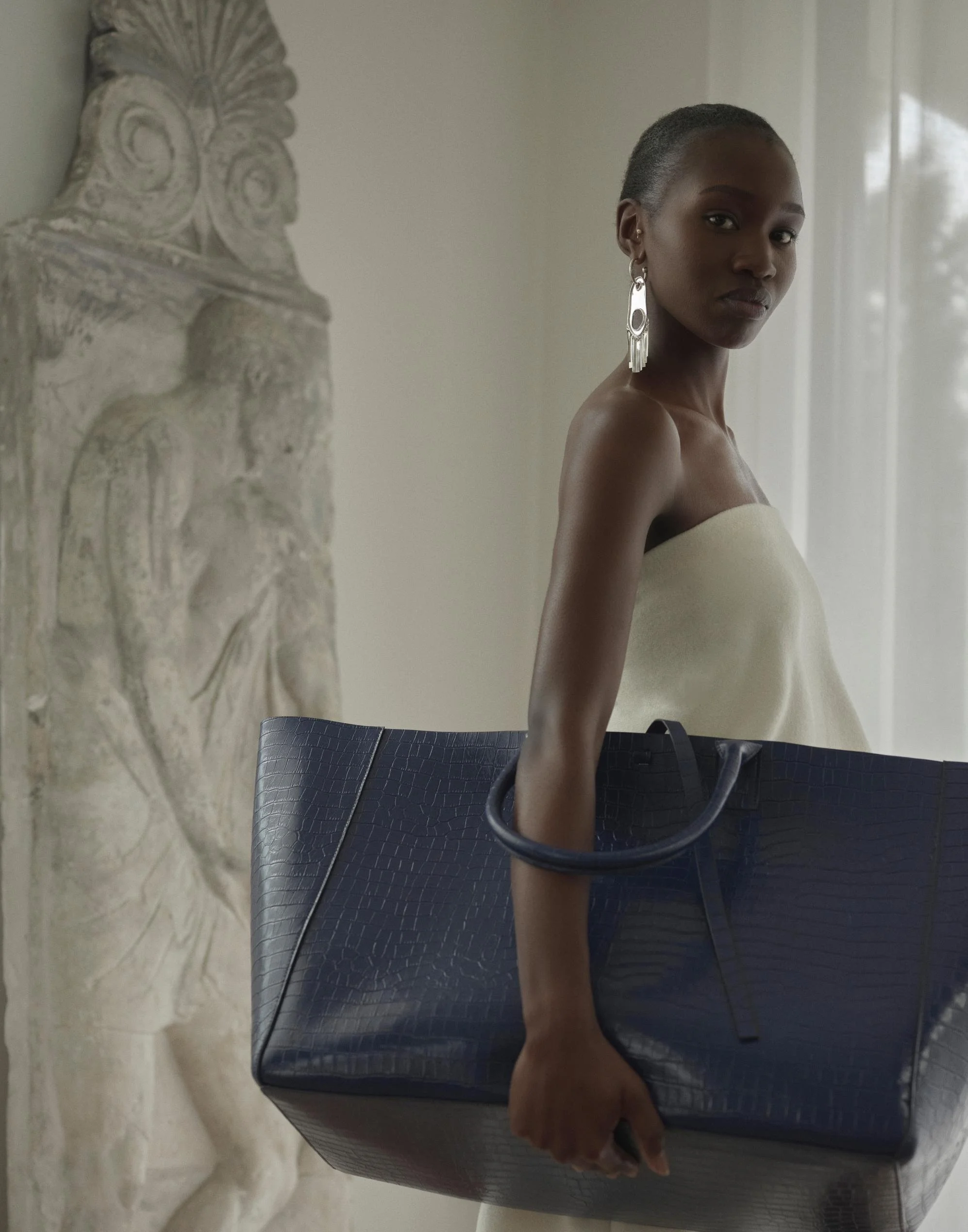





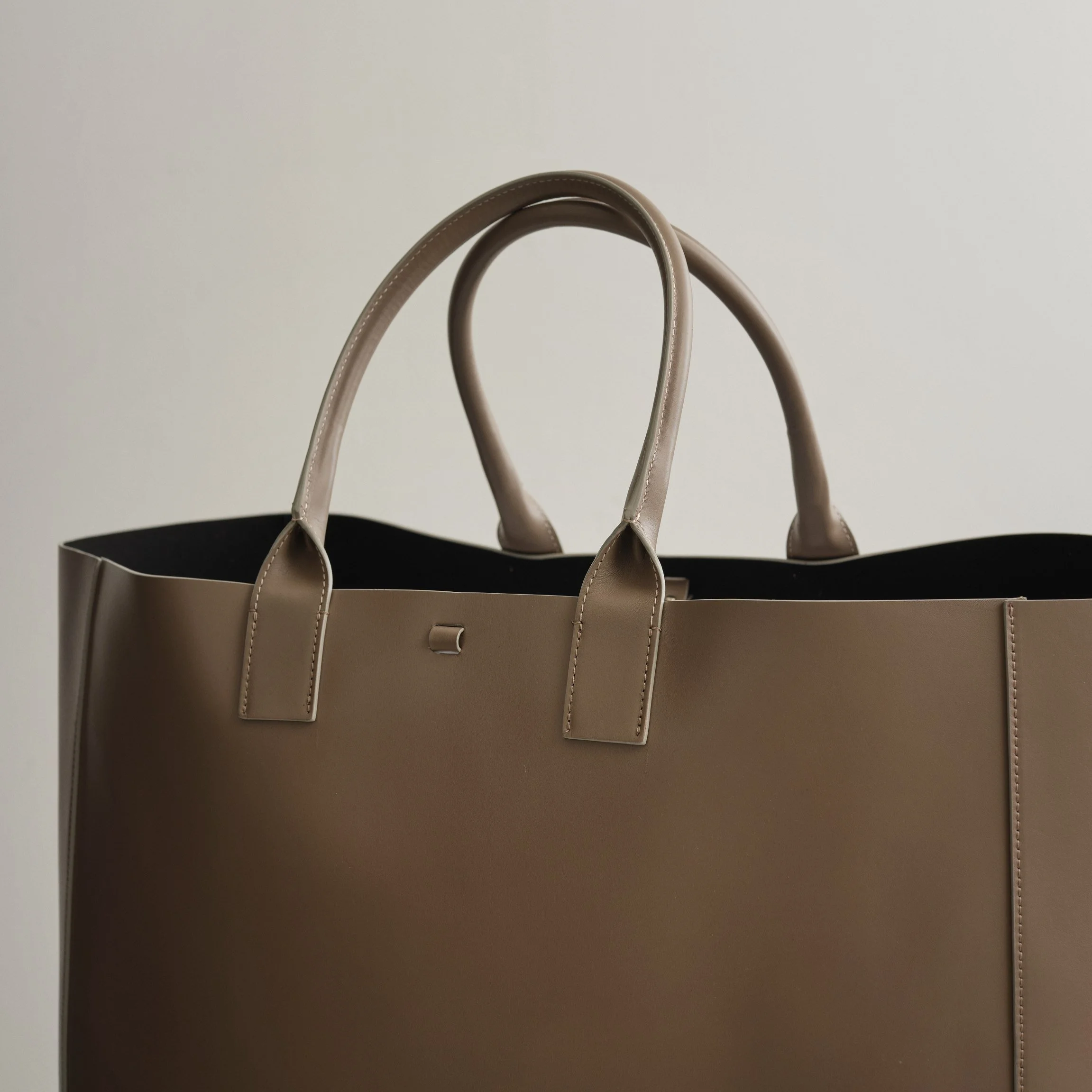


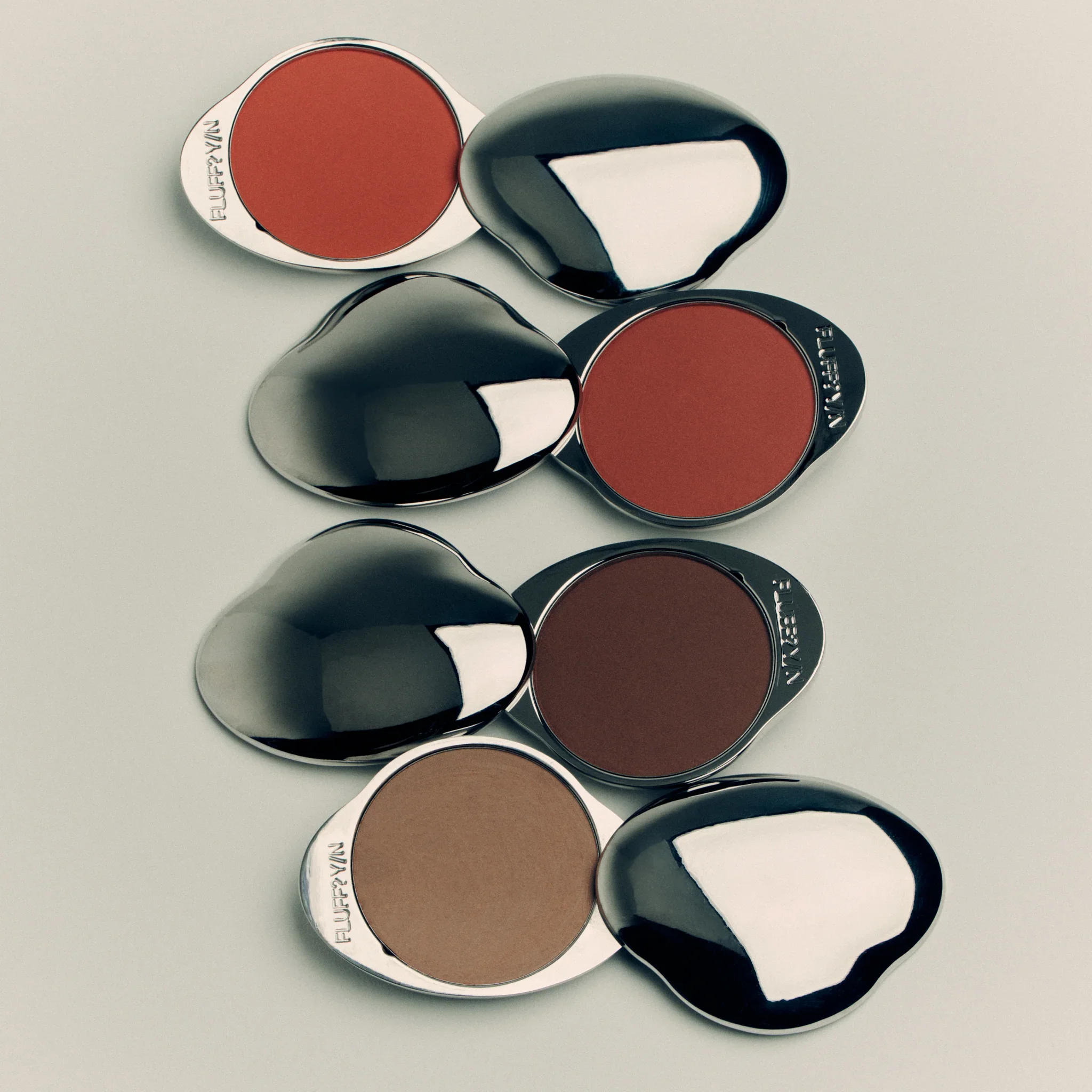

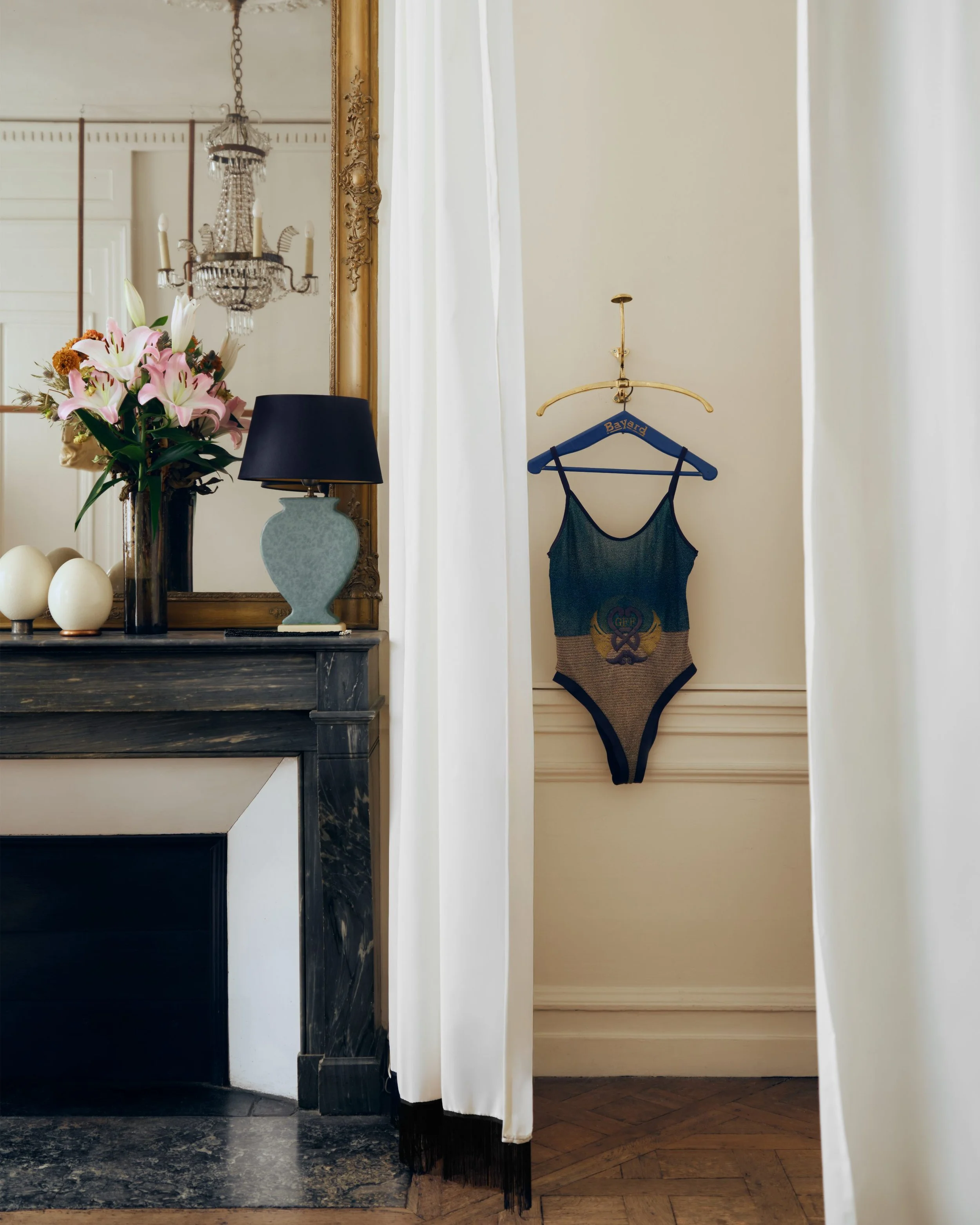


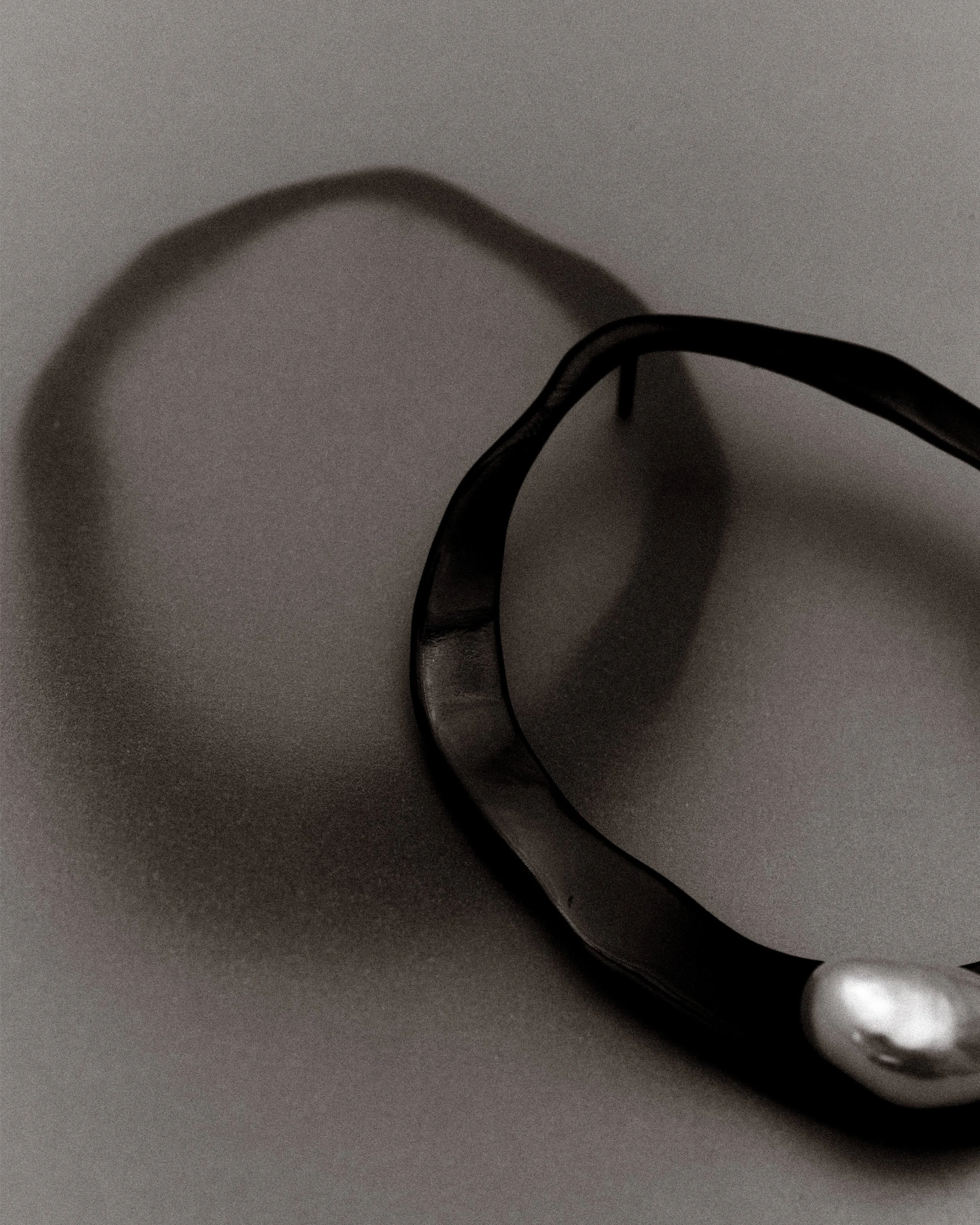
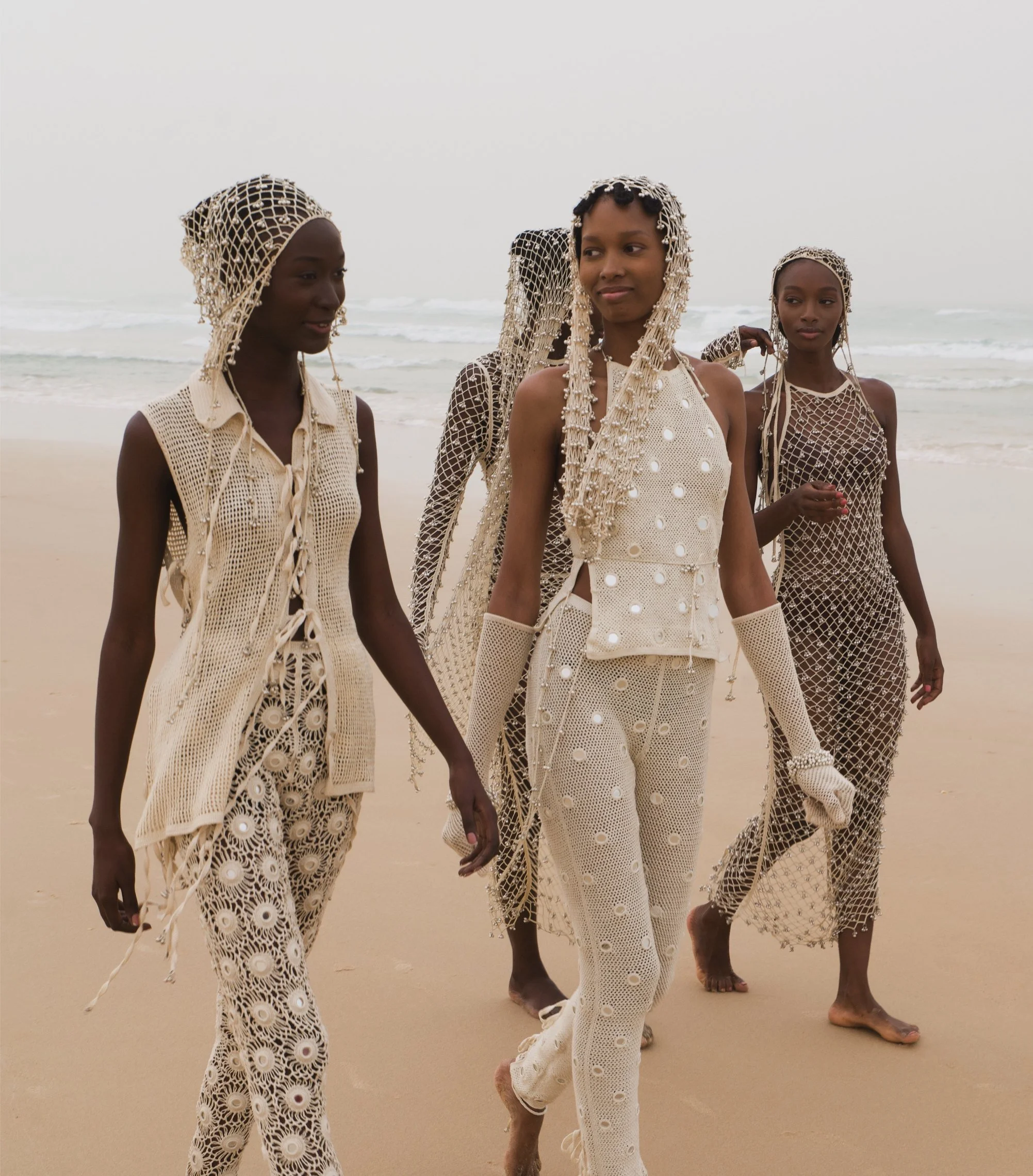

As many companies quietly scale back their sustainability efforts, Swedish brand Houdini Sportswear is proving that impact-led business models still outperform.